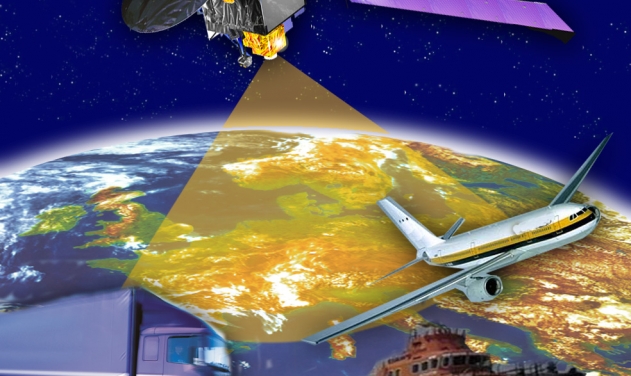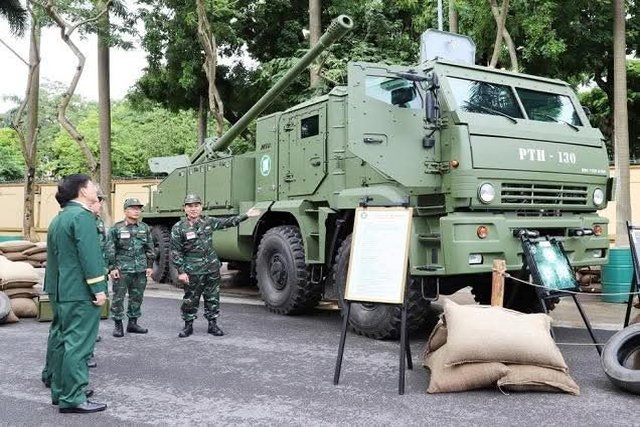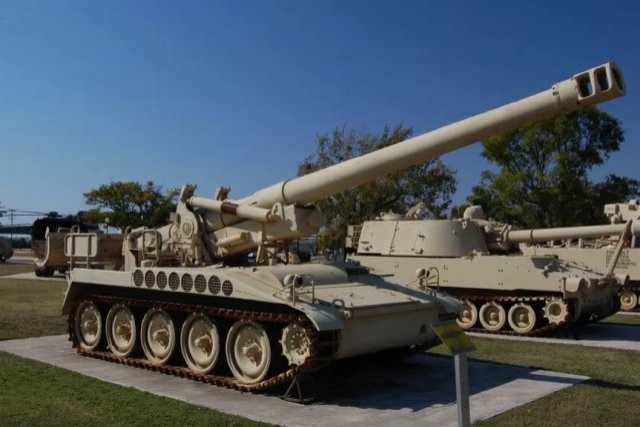French Naval Cruise Missile Successfully Tested
France successfully carried out the first qualification firing of the naval cruise missile (MDCN) on July 1, 2013.
The firing scenario was particularly demanding because, in addition to the objective of confirming the missile’s range, it also helped to validate the performance of autonomous navigation and of terminal guidance by infrared recognition, according to an official statement.
This success is the result of intensive and coordinated work by several state administrations (DGA centers of expertise and test centers, DGA and Navy quality control services, etc.) and the industrial prime contractor, MBDA France.
The MDCN will equip the FREMM multi-mission frigates and the Barracuda nuclear-powered attack submarines.
With a range of several hundred kilometers, the MdCN is intended to strike targets deep inside enemy territory. It is complementary to the air-launched Scalp cruise missile from which it is derived.
Embarked on warships positioned, for an extended period, at a safe distance in international waters, either ostensibly (frigates) or discretely (submarines), the MdCN is especially suited to destroying infrastructure targets of high strategic value.
The DGA awarded the MDCN development contract to MDBA at the end of 2006.









